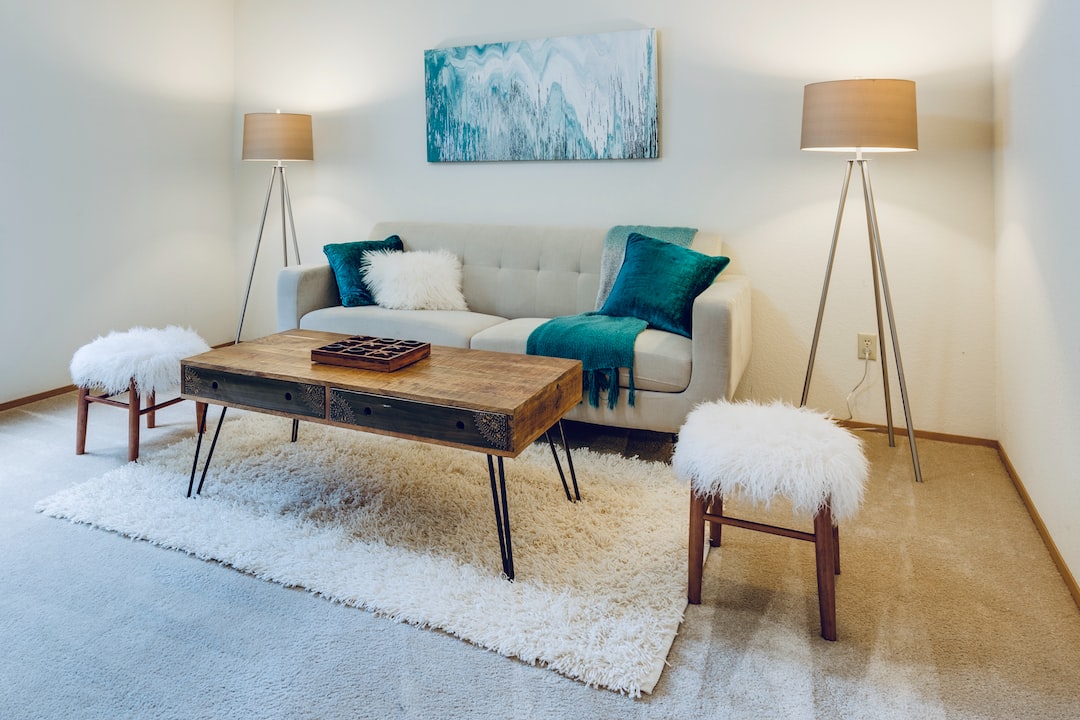Tips for Mixing Different Furniture Styles to Create an Eclectic Look
Creating an eclectic look in your home can be a great way to showcase your unique style and personality. Mixing different furniture styles allows you to blend diverse elements together, resulting in a one-of-a-kind aesthetic. However, achieving a cohesive and harmonious look can sometimes be challenging. To help you expertly blend various furniture styles, here are some valuable tips to keep in mind.
1. Start with a neutral base.
Before incorporating different furniture styles, it is important to establish a neutral base. Choose a neutral color scheme for your walls, such as white, beige, or gray. This will provide a blank canvas for your furniture pieces to shine and prevent the space from appearing overwhelming or chaotic.
2. Identify your personal style.
To create an eclectic look that feels intentional, it is crucial to identify your personal style. Consider what furniture styles resonate with you the most. Do you lean towards mid-century modern, rustic, bohemian, or traditional? Knowing your preferences will help you select pieces that complement each other while maintaining a cohesive overall look.
3. Find a common element.
Even though you are combining different furniture styles, finding a common element can tie the look together. This could be a particular color, pattern, or material. For example, if you have a rustic wooden dining table, you could incorporate modern chairs with wooden legs to create a cohesive connection.
4. Use color wisely.
Color plays a crucial role in creating a balanced and harmonious eclectic look. One way to do this is by using a color scheme as a guide. Choose two or three main colors and incorporate them throughout the space. This will provide a sense of unity among diverse furniture pieces. Additionally, consider using pops of color on accent pieces such as pillows, rugs, or artwork to add visual interest.
5. Scale and proportion matter.
When mixing furniture styles, it is important to pay attention to scale and proportion. Aim for a balanced distribution of sizes and heights. For example, if you have a large modern sofa, pair it with smaller vintage side tables. This will create visual contrast while maintaining a cohesive look.
6. Experiment with texture.
Texture can add depth and visual interest to your space. Mixing different textures, such as smooth leather, soft velvet, rough wood, or woven rattan, can create a visually appealing eclectic look. These tactile elements can add warmth and coziness to your space while making it more inviting.
7. Don’t forget about functionality.
While style and aesthetics are important, functionality should not be overlooked. Ensure that each furniture piece serves a purpose and fits your lifestyle. A well-designed space that combines different furniture styles will not only look good but also provide comfort and convenience for everyday living.
8. Balance is key.
Achieving a harmonious eclectic look requires balance. Avoid overcrowding a room with too many different furniture styles and instead aim for a balanced distribution. Focus on selecting a few statement pieces while keeping the rest more subdued.
9. Showcase your personality through accessories.
Accessories are a great way to add personal touches to your eclectic space. It could be quirky artwork, unique sculptures, or vintage photographs. These accessories reflect your personality and integrate well with the mix of furniture styles, enhancing the overall character of the space.
10. Trust your instincts and have fun.
Creating an eclectic look is all about embracing your creativity and taking risks. Trust your instincts, experiment, and have fun with your design choices. Don’t be afraid to step outside your comfort zone and mix unexpected furniture styles. Remember, your home is a reflection of your personality, so make it uniquely yours.
In conclusion, blending different furniture styles to create an eclectic look can be an exciting endeavor. Follow these tips to maintain balance, cohesion, and personalized flair. Remember to start with a neutral base, find a common element, play with color and texture, and pay attention to scale and proportion. With a little creativity and confidence, you can create a space that represents your unique style and showcases your personality.

